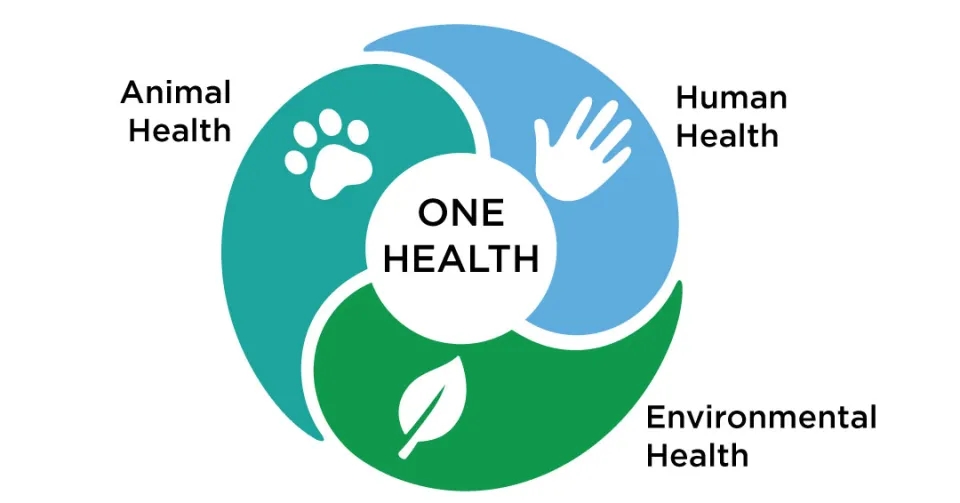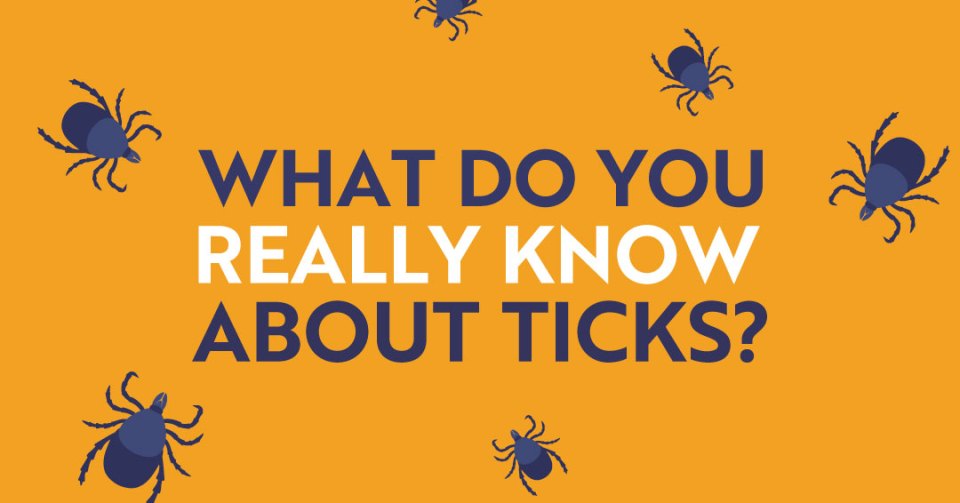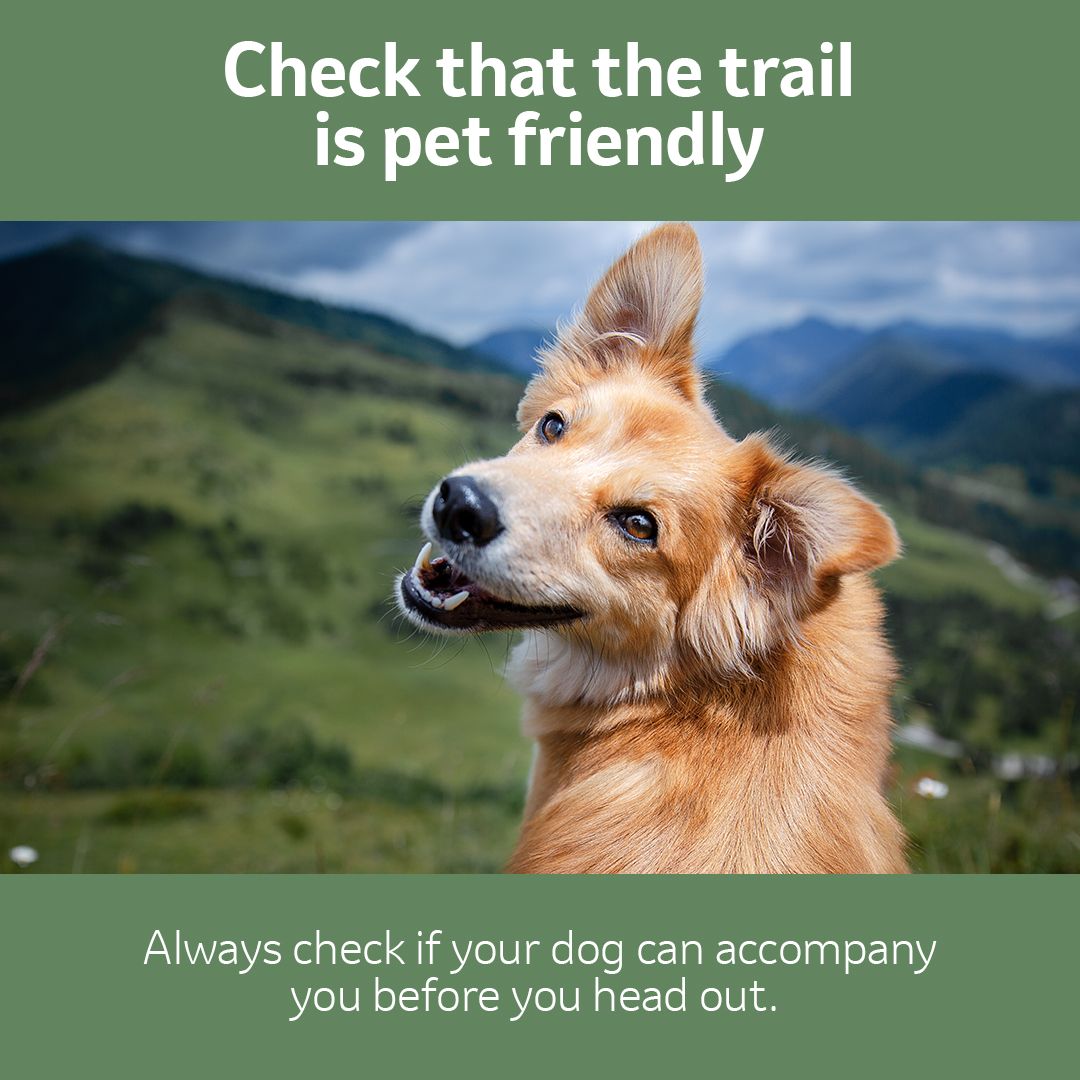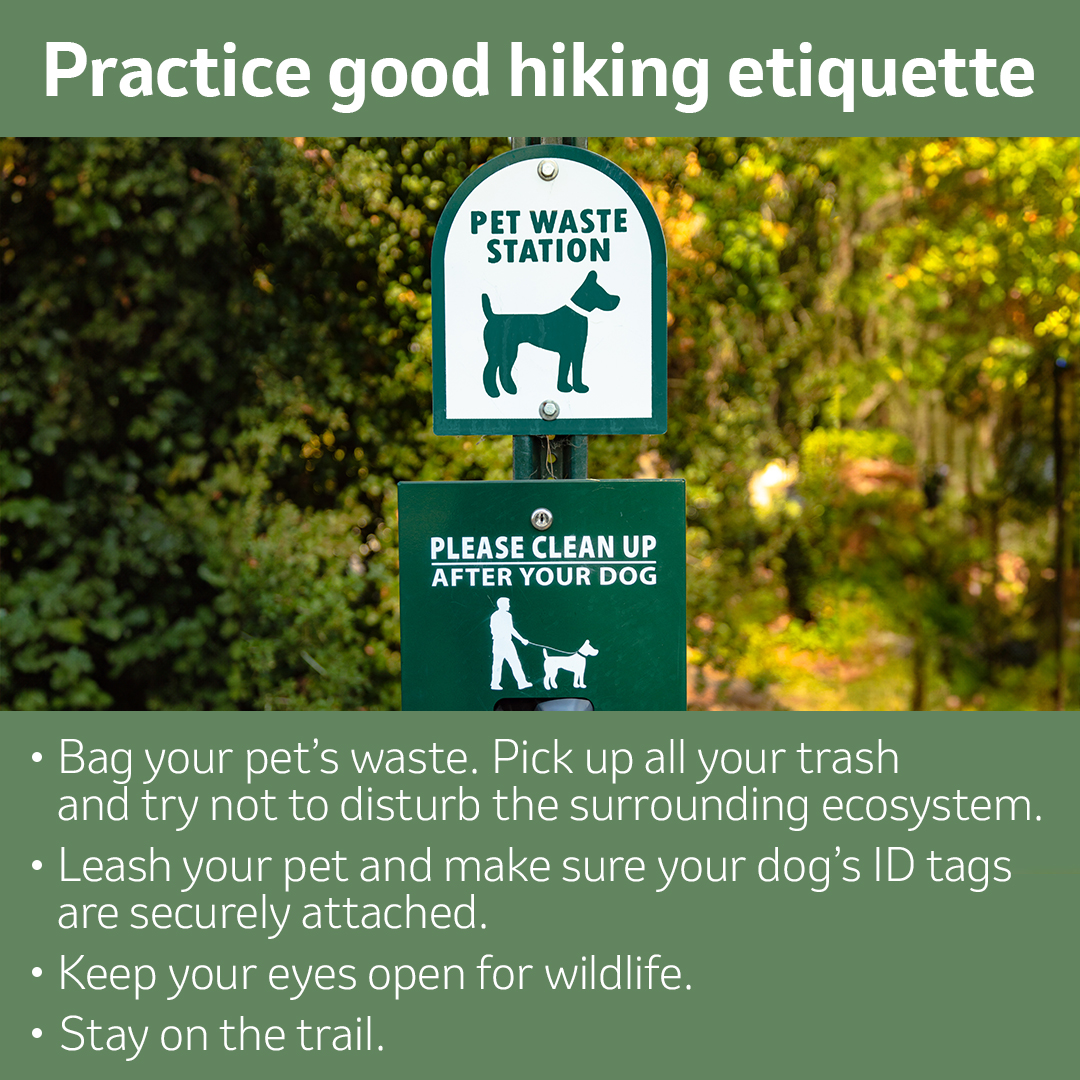
Educational Content for Pet Owners
Showcase your animal health expertise and educate pet owners with these posts.
We’ve prepared a selection of ready-to-use posts that you can use as is, or adapt to suit your needs. We recommend using a computer to download and set up your posts.
To use these posts:

- Click the topic of your choice below to see related content.

- Click the image you want to use and it will automatically download to your computer or mobile device.

- Select and copy the text you want to share and publish it, along with the photo, on your social media page(s).

- Use our Social Media Planner to help you view and map out your content for the year.
These messages are intended to be used in your name only. We wish to remind you that it is ultimately your responsibility to ensure that the messages, including their adaptation, display, distribution, communication, and use do not infringe any rule, including your code of ethics and the Canadian antispam legislation. To help minimize the risks of infringement of said rules, we suggest the following:
- Use the messages as is, without modifications.
- Do not add any product name or refer to any brand.
IMPORTANT NOTE: When using the social media posts, please include the following declaration of sponsorship: “This message was prepared with the support of Merck Animal Health.”
Bookmark this page and come back regularly for content and updates.
– All Seasons –

Ticks feed on pets AND people. And some ticks can transmit disease-causing agents like the ones that cause Lyme disease. ONE HEALTH is the idea that multiple groups can work together to better protect the health of humans and animals, and the environment they share. Your veterinary team is the best resource if you have questions about ticks and Lyme disease and your pet. Ask your family doctor if you have questions about ticks, Lyme disease and your health.
#yourvetknowsticks #onehealth #checkforticks

Winter, Spring, Summer, and Fall: “Tick season can be every season!” Did you know that ticks can be active throughout the year as soon as temperatures reach 4°C?
Link: https://ticktalkcanada.com/seasonality-of-ticks/
#yourvetknowsticks #tickseasoncanbeeveryseason

DID YOU KNOW? The greatest risk of acquiring Lyme disease in Canada occurs where populations of ticks that carry Borrelia burgdorferi (the bacteria that cause Lyme disease), have become established. Ticks don’t want you to know where they hang out, so we’re going to tell you. Check out this map to see where ticks have been found in your province and talk to your vet about it.
Link: https://ticktalkcanada.com/geographic-expansion
#yourvetknowsticks #onehealth #checkforticks

Post for Western Canada:
The Western blacklegged tick, the American Dog Tick, and the Rocky Mountain wood tick are commonly found in Western Canada. The Western blacklegged tick is found in British Columbia and is the species responsible for transmitting the bacteria that causes Lyme disease to pets and people. Contact your vet or family doctor for more information about Lyme disease. Check the potential tick activity in your area today so you can help protect your pet and your family members!
Visit www.tickmaps.ca
Post for Eastern Canada:
The blacklegged tick is the most common tick species found from Ontario to Eastern Canada. It is the species responsible for transmitting the bacteria that cause Lyme disease to pets and people. Contact your vet or family doctor for more information about Lyme disease. Check the potential tick activity in your area today so you can help protect your pet and your family members!
Visit www.tickmaps.ca
#yourvetknowsticks #onehealth #checkforticks

Both pets and people can be a target for ticks and the diseases they can carry. It is important to know how to protect your entire family (including the furry ones!). Talk to your vet or family doctor about it!
Link: https://ticktalkcanada.com/seasonality-of-ticks/
#yourvetknowsticks #tickseasoncanbeeveryseason
– National Tick Awareness Month (March) –

Today marks the first day of the National Tick Awareness Month. It is important to stay vigilant and know when ticks are active, where they can be found, and how to protect yourself and your pets. Together, we can Outsmart Ticks! Anytime, Anywhere.
#outsmartticks #yourvetknowsticks #ntam
Link: https://ticktalkcanada.com

With temperature fluctuations at this time of year, checking your weather forecast helps you decide if you need sunglasses, snow boots, or a sweater! But what about ticks – could ticks be active in your area today? Check out your area’s tick risk “forecast” and be prepared to Outsmart Ticks! Anytime, Anywhere.
#outsmartticks #yourvetknowsticks #ntam
Link: https://www.tickmaps.ca

Daily tick checks – do you know what to do if you find a tick on your pet? You can participate in Canadian tick monitoring by submitting tick photos to eTick.ca for identification by a professional. Not sure how to do it? We can help! The more we know, the better we can Outsmart Ticks! Anytime, Anywhere.
#outsmartticks #yourvetknowsticks #ntam
Link: https://www.etick.ca/etickapp/submit/report-index

You may be itching to get out and enjoy the outdoors with your pet as spring approaches. But don’t forget – ticks can be active when temperatures reach 4°C, even when there is still snow on the ground! Make sure to do tick checks on yourself and your pets and promptly remove any found after being out and about! Also, be sure to talk to us about the best protection for your pet. Let’s Outsmart Ticks! Anytime, Anywhere.
#outsmartticks #yourvetknowsticks #ntam

Did you know different tick species have preferences when it comes to geographic location and habitat? We can show you where and what kind of ticks have been found in your province! Avoiding the places where ticks like to hang out is an important step to help Outsmart Ticks! Anytime, Anywhere. Check out the map here!
#outsmartticks #yourvetknowsticks #ntam
Link: https://ticktalkcanada.com/geographic-expansion

Ticktalkcanada.com has so much information about ticks! Armed with knowledge, we can Outsmart Ticks! Anytime, Anywhere. Show us what you know and take the “Tick Talk” quiz!
#outsmartticks #yourvetknowsticks #ntam
Link: https://ticktalkcanada.com/tick-facts/survey-form

We’ve talked about ticks being active in the spring, but the truth is ticks can be active in every season so it’s important to stay vigilant! Do you know how to recognize a tick? Watch this video to know more! Knowing what ticks look like can help you Outsmart Ticks! Anytime, Anywhere.
#outsmartticks #yourvetknowsticks #ntam
Link: https://youtu.be/ji5F_k59wgk

Today is the last day of the National Tick Awareness Month. March may be over, but ticks are just getting started! Stay vigilant all year long so you can Outsmart Ticks! Anytime, Anywhere. Want to know more? You can find lots of useful tips, videos, and resources on ticktalkcanada.com. If you have any questions, we’re always here to help!
#outsmartticks #yourvetknowsticks #ntam
Link: https://ticktalkcanada.com
– Spring –

Fields, forests, hiking trails, and parks. These are just a few places where ticks might want to be. Did you know that different tick species have preferred locations and habitats where they can establish and thrive? Discover the tick risk in your area!
Link:
https://ticktalkcanada.com/geographic-expansion/
#couldticksbethere #betickaware #yourvetknowsticks
– Summer and Fall –

Summer is the season when immature blacklegged ticks are active! Did you know that even with regular tick checks, they can be very hard to see (as small as a poppy seed)? That’s why it is important to keep your pet protected against ticks, even as the temperature climbs. Contact your veterinary team for more information.
Link:
https://ticktalkcanada.com/seasonality-of-ticks/
#tickseasoncanbeeveryseason #yourvetknowsticks
– Puppy Protection –
Hiking offers many physical and mental health benefits for people and pets. Walking on trails is a different experience than walking in your neighbourhood, so if you’re new to hiking, get started with these tips.
Never leave your pet unattended in a vehicle for even a few minutes in warm weather—even if you’re parked in a shaded area and the windows are partly open. Temperatures inside a car can quickly rise above what your pet can tolerate. It can take just a few minutes for them to become overheated, which can become life-threatening if not addressed quickly.
Having your pet microchipped, especially when you travel with them, greatly improves your chances of getting your pet back in case it gets lost. At the minimum, ensure your pet is always wearing a collar and ID tag. Make sure the contact information associated with your pet’s microchip and ID tags is current!
After the ____ [summer break/holidays/etc.], returning to work may be stressful. Here are some tips to help your pets transition as you return to your daily routine.
Leptospirosis Protection
CIRDC Protection
November is Pet Diabetes Month and we want you to know the signs of diabetes in dogs and cats. If you seek help early and work with your veterinarian to monitor your pet’s clinical signs and provide a healthy lifestyle, your pet has the best opportunity to live a happy and healthy life! If you think your dog or cat may show signs like increased thirst, increased urination, increased appetite, weight loss or a lower activity level, talk to us!
#petdiabetesmonth #pethealth
November is Pet Diabetes Month—and we have a question for the dogs! Does AGE increase the risk of diabetes in dogs? The answer is YES! Dogs 5 years and older are more at risk to develop diabetes. This disease is on the rise in dogs, up 80% in ten years. It is estimated that 1 in 300 dogs has diabetes. Talk to us for more information on this manageable disease.
#petdiabetesmonth #pethealth
November is Pet Diabetes Month—let’s review the warning signs of diabetes in cats. Keep an eye on how often your cat urinates. Frequent urination along with increased thirst, increased appetite, sleeping more and weight loss can indicate your cat has diabetes. These same warning signs apply for dogs too! Early detection and veterinary care can help diabetic pets live a healthy, happy life. Ask us about it!
#petdiabetesmonth #pethealth
November is Pet Diabetes Month—and we have a question for the cats! Does OBESITY increase the risk of diabetes in cats? The answer is YES! Obese cats have a higher risk of developing diabetes. Other risk factors include age, physical inactivity, and certain breeds. It is estimated that 1 in 230 cats have diabetes. Talk to us for more information on this manageable disease.
#petdiabetesmonth #pethealth
November is Pet Diabetes Month—do you know the warning signs for dogs? If your dog seems more thirsty than they used to be, it could be a sign of diabetes. Other signs include frequent urination, increased appetite, sleeping more and weight loss. These same warning signs apply for cats too! Diabetes is manageable in pets, just like in people. Ask us about it!
#petdiabetesmonth #pethealth
Pets with diabetes can live a healthy and active life. We can help you learn the skills you need to monitor your pet’s clinical signs and provide a healthy lifestyle for your pet. A special diet, insulin therapy, at-home monitoring and regular exercise are all possible strategies that could help your diabetic pet feel better and thrive for years to come. Ask us to review the plan for your diabetic pet!
#petdiabetesmonth #pethealth




































